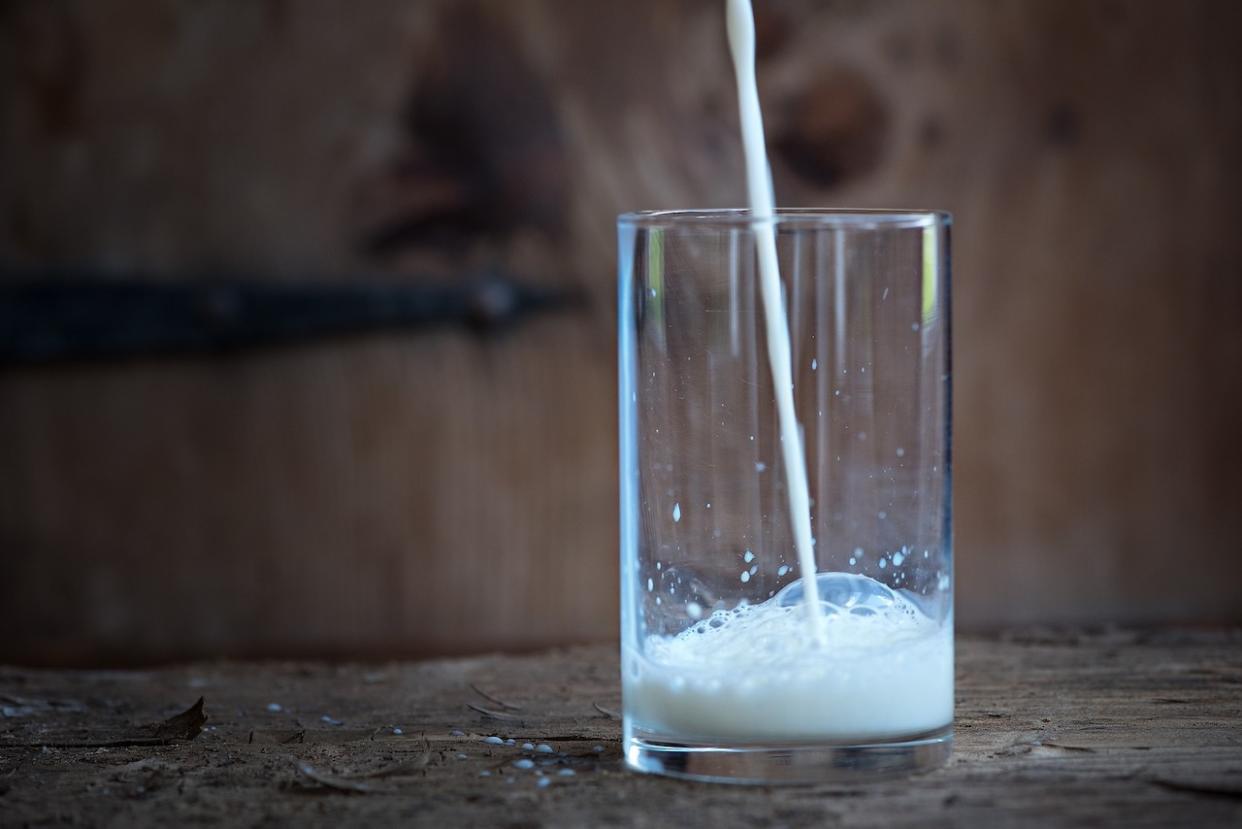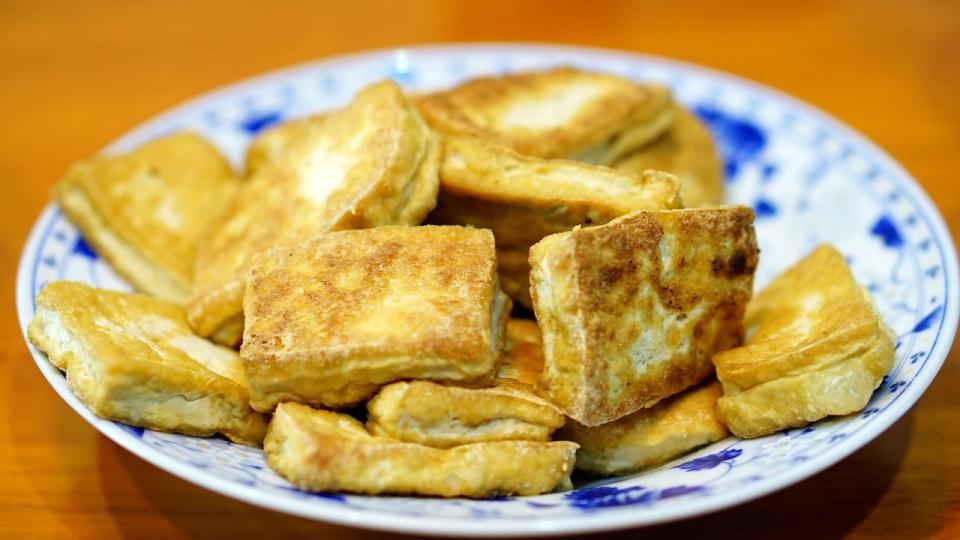What you should know about lactose intolerance

Lactose intolerance, which is the inability to digest lactose – the sugar found in milk and other dairy products – is a common condition among Asians.
According to the US National Institutes of Health (NIH), “Lactose intolerance in adulthood is most prevalent in people of East Asian descent, affecting more than 90 per cent of adults in some of these communities.”
You have lactose intolerance when you have a deficiency of lactase, an enzyme which helps digest the milk sugar lactose. This deficiency can be caused by age, disease, injury, surgery, or you can be born with it.
When the undigested lactose passes through the digestive system into your colon, bacteria interact with it, which causes you to experience symptoms such as:
Abdominal cramps
Bloating
Gas
Diarrhoea
Nausea/vomiting
Your doctor will diagnose lactose intolerance with the help of tests such as a lactose tolerance test and a hydrogen breath test. Treatment involves managing the symptoms by limiting your dairy intake.
Most people with lactose intolerance may be able to consume milk and other dairy products in small amounts and along with other foods, without experiencing any symptoms.
Different types of lactose intolerance
Primary lactose intolerance is the most common type and occurs because of age-related decline in lactase production. Primary lactose intolerance is typically inherited and more prevalent in Asians.
Secondary lactose intolerance occurs when lactase production declines because of illness (e.g., celiac disease, Crohn’s disease), injury or surgery involving the small intestine.
Congenital or developmental lactose intolerance is a rare inherited condition that you are born with.

Foods that contain lactose
Besides milk, ice cream, cheese, butter etc., the following foods may also contain lactose:
salad dressing, mayonnaise
biscuits
milk chocolate, candy
cakes
breakfast cereals
instant pancake/cake mixes
instant cream soup
ham, luncheon meat
You know a packaged food has lactose if it contains ingredients such as whey, caseinates, casein, nougat, cheese, milk byproducts, dry milk solids, dry milk powder, butter, curd, and nonfat dry milk.

How to avoid calcium deficiency if you’re lactose intolerant
Singapore’s Health Promotion Board (HPB) recommends a daily intake of 800mg of calcium for adults aged 19-50, but you are unlikely to meet this requirement if you avoid dairy products because of lactose intolerance.
To compensate for the lack of dairy, HPB suggests that you eat a variety of non-dairy calcium-rich foods such as soy milk, tofu, green leafy vegetables and fish with edible bones (e.g., sardines, ikan bilis).
Related stories:


